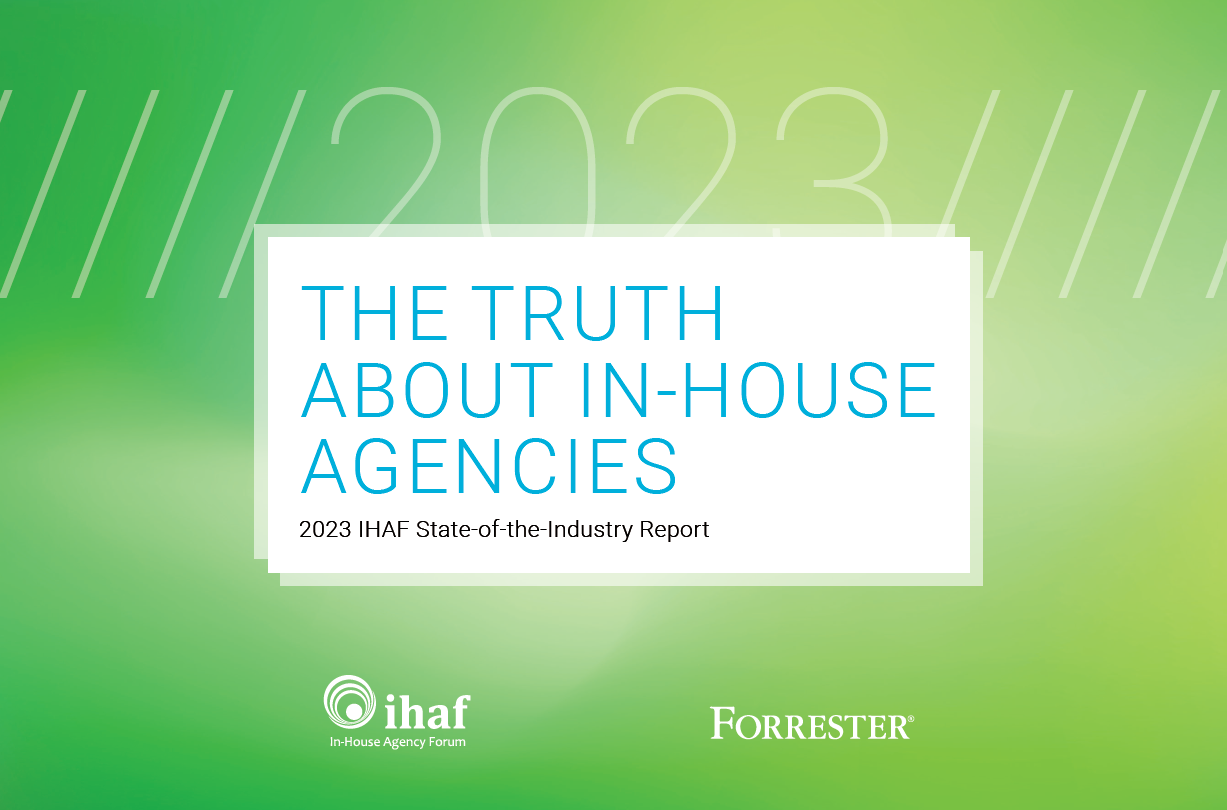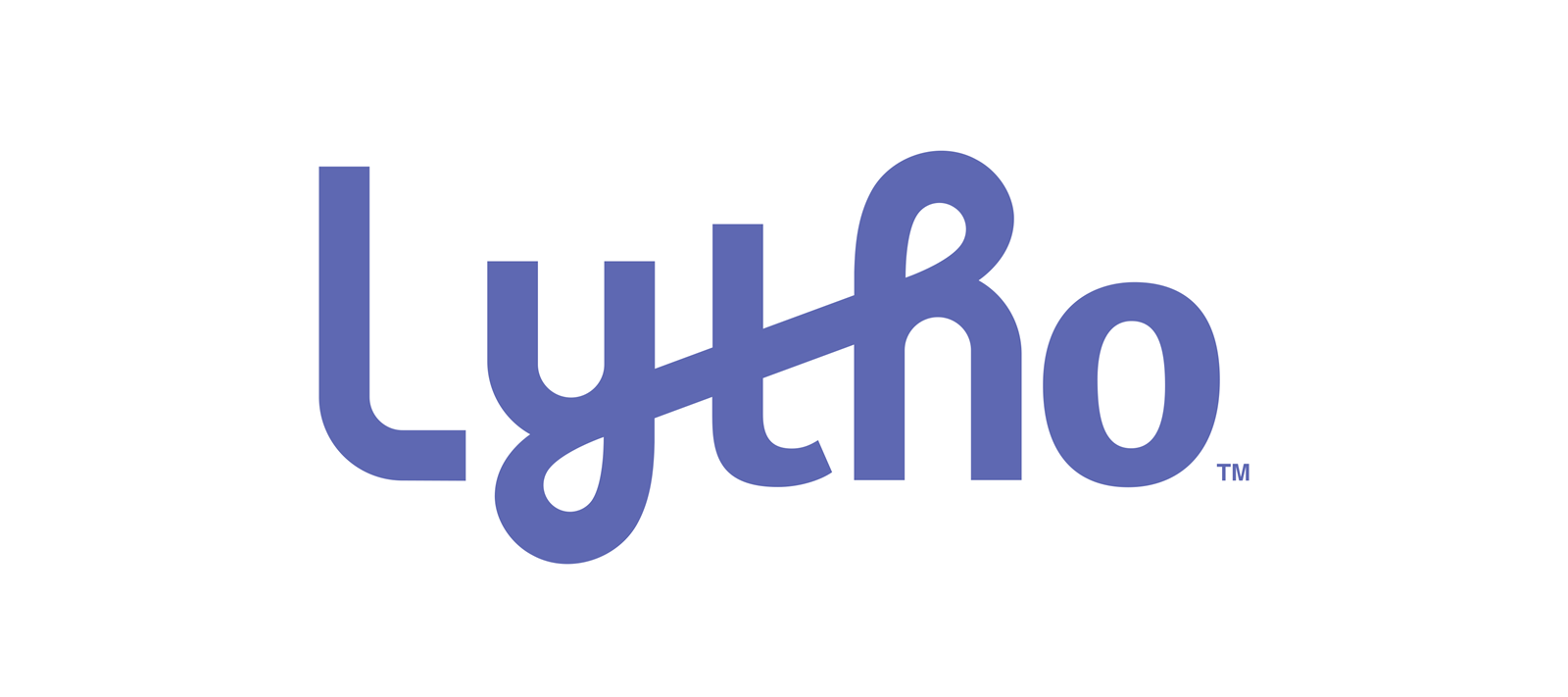Inclusion—It's Right for Consumers and Your Brand

Inclusion. The term has stormed its way into the collective consciousness, attaining buzzword status. However, it’s a mistake to write inclusion off as a trending topic with advantageous optics and little real-world impact.
Inclusive media represents a valuable opportunity for in-house agencies to partner with clients to drive brand value. Beyond the societal benefits, efforts to include all people in your brand’s messaging ultimately translate to wider exposure, greater reach, and more efficient and effective content. Not just for those with the greatest potential to be marginalized, but for everyone. The bottom line is—inclusion equals value. And in-house agencies are in a perfect position to make it happen.
As an example, the combined blind and moderate-to-severe visually impaired (MSVI) community constitutes approximately 12.5 percent of the adult population in the U.S.[1] (Visual impairment is characterized by the diminished ability to see to a degree that causes problems not fixable by corrective lenses or other means.) And, 12.5 percent of American adults translates to over 30 million people.
What’s more, the blind/MSVI community consumes video content at nearly the same rates as the general public. They represent a $1 billion market segment.[2] That’s 30 million+ consumers that your brand messaging might be missing. And, this market segment is growing. As baby boomers reach retirement age, many may soon fall into the blind/MSVI segment. If this audience is missing out on your brand’s video messages, (and your brand is missing out on the purchase power of tens of millions of people), the solution is Descriptive Video Services (DVS). DVS is blind/MSVI equivalent to closed captioning.
In broadcast TV, when DVS is activated, an audio channel describes the action on screen during pauses in dialogue and voiceover. Audiences are able to “see” the images in their mind’s eye and better follow the storyline. For digital, the descriptions play automatically and can work to engage distracted viewers, as well—those enjoying multi-screen experiences and those who tend to “zone out” when they encounter digital and linear ads.
We recommend that all digital and linear ads include DVS because even if viewers’ eyes are not fixed on your message, mere proximity to a device enables them to hear your brand story. When your spots have DVS, both sight-impaired and sighted communities can better absorb and experience your marketing messages.
DVS also reaches often-overlooked audiences. In fact, described video has been shown to assist people with cognitive impairments or learning disabilities to understand and enjoy programming.[3] DVS can help the approximately 14.8 million children and teens in the U.S. with learning differences by capturing their attention and enhancing their information processing.
Too often, as we scramble to fulfill our clients’ requests, we overlook opportunities that are not directly motivated by the bottom line. With inclusion, and DVS specifically, in-house agencies can partner with clients to guide their brands in the right direction. It's one of those rare cases where doing the right thing offers an opportunity to do what we do best—reach people, all people, and share our brand stories fully.
[1] American Foundation for the Blind (http://www.afb.org/info/blindness-statistics/adults/facts-and-figures/235)[2] Nielsen Research (http://sites.nielsen.com/newscenter/measuring-impact-consumers-disabilities/)[3] The National Health Interview Survey (NHIS) (Centers for Disease Control, 2014, 2016, 2017). https://www.cdc.gov/nchs/nhis/nhis_disability.htm- advertising,
- agency,
- association,
- audience,
- brand,
- client,
- CMO,
- consumers,
- content,
- corporate,
- creative,
- descriptive video services,
- digital,
- exposure,
- inclusion,
- IHAF,
- in-house,
- insource,
- internal,
- lawrence,
- leadership,
- management,
- marketing,
- media,
- membership,
- messaging,
- networking,
- professional,
- social,
- trends,
- tylie ad solution,
- value
Recent Posts

In-House Data: Fact or Fiction?
October 16, 2023
I’m going to be honest with you, which I always am but this time it’s scary honesty. There are a lot of in-house agency research reports out there. And not all of them contain data that are close to the integrity of the studies IHAF publishes—the next of which drops at the IHAF conference on …

IHAF Wrapped
December 20, 2023
One of our favorite things to do at year-end is look back at the events, presentations, and online resources our members tapped most. (Why should Spotify have all the fun?) Here are a few of your favorites in 2023:
• New Assortment of Org Charts Download • Updated Job Profiles …



















%20(1).pdf%20-%20Copy.jpg)

%20(1).png)


No Reader Comments